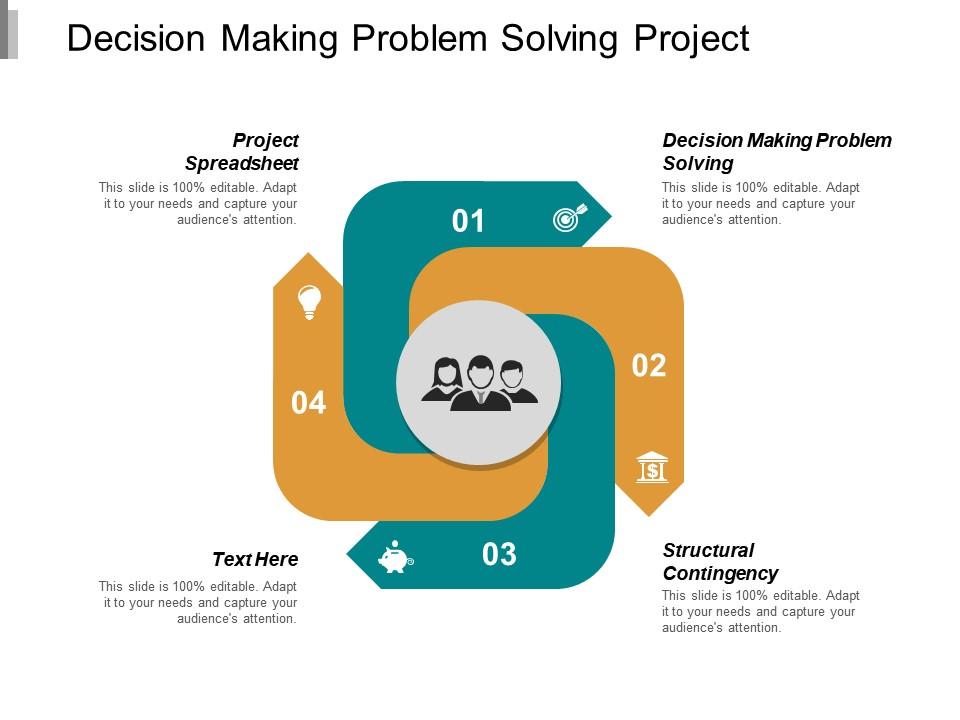Structural contingency refers to the idea that the effectiveness of an organizational structure depends on the fit between the structure and the environment in which the organization operates. In other words, the structure of an organization should be tailored to the specific needs and demands of the environment in which it operates in order to be successful.
One key aspect of structural contingency is the need for organizations to be adaptable and flexible in order to respond to changes in the environment. This may involve adjusting the organization's structure, goals, or strategies in order to better align with the changing needs and demands of the environment. For example, an organization that operates in a rapidly changing market may need to have a more flexible and adaptable structure in order to respond quickly to changes in customer demand or industry trends.
Another important aspect of structural contingency is the need for organizations to consider the complexity of the environment in which they operate. In complex environments, it may be more effective for an organization to have a decentralized structure, with decision-making power distributed among various levels of the organization. This allows for more agility and flexibility in responding to changing conditions. In contrast, in simpler environments, a centralized structure may be more effective, as it allows for more efficient decision-making and coordination.
There are several factors that can influence the effectiveness of an organizational structure in a given environment. These may include the size of the organization, the nature of its business, the complexity of the environment, and the level of competition. By taking these factors into account, organizations can ensure that their structure is well-suited to the needs and demands of their environment, and is therefore more likely to be successful.
Overall, the concept of structural contingency highlights the importance of considering the specific needs and demands of the environment when designing an organizational structure. By aligning the structure with the unique needs of the environment, organizations can increase their effectiveness and increase their chances of success.




31)
